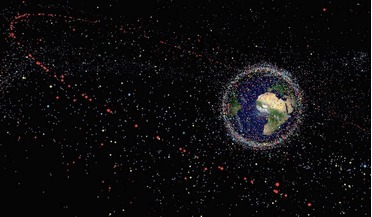 July 2014
Beware the situation: how JSpOC tracks space debris
July 2014
Beware the situation: how JSpOC tracks space debris
...associated transportation systems (spent rocket stages) and other related debris have entered the space domain. While many of these... The challenges posed by the increasing amount of debris and smaller satellites are fostering innovation and the ...
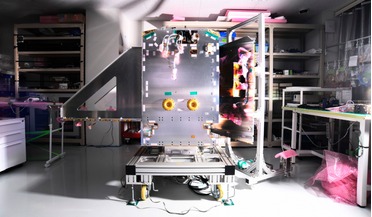 16 October 2019
Astroscale takes next step toward launch of world’s first commercial active debris removal mission
16 October 2019
Astroscale takes next step toward launch of world’s first commercial active debris removal mission
... means that the threat of a potential collision or break-up in orbit will escalate. This increased likelihood of increasing amounts of debris endangers current and future satellite missions and puts society’s reliance on data from space at risk. ELSA...
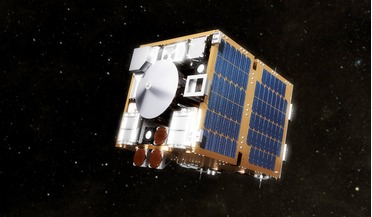 21 September 2018
Net to capture space junk passes debut debris collection
21 September 2018
Net to capture space junk passes debut debris collection
...first milestone this week as it successfully caught some mock debris 300 kilometres above the Earth. Like the plastic that .... It is estimated that over half a million pieces of debris of varying sizes clutter the space around Earth. The problem has...
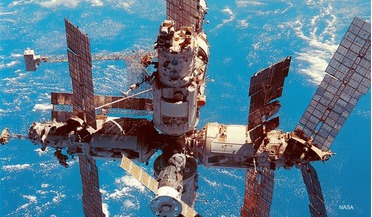 March 2015
SERC wants us all to get to grips with space junk
March 2015
SERC wants us all to get to grips with space junk
... the research is principally performed in Australia where government-university-industry programs have led to many breakthroughs in space debris detection and tracking over the past decade. The maturity of this tracking technology and the existing...
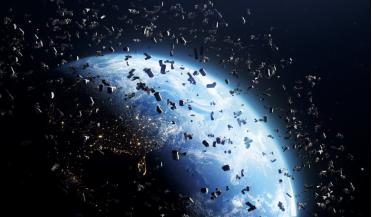 April 2025
Space sustainability and the role of space situational awareness
April 2025
Space sustainability and the role of space situational awareness
...challenges that complicate efforts to preserve the space environment for future generations. Detecting space debris is not easy. Most orbital debris is below 10 cm in size, and this is the hardest to track and monitor due to the detection limitations...
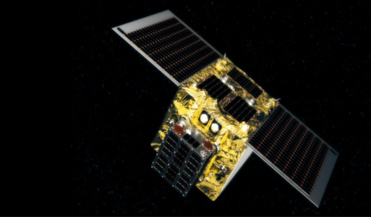 05 November 2018
Astroscale secures $50 million to clean low Earth orbit
05 November 2018
Astroscale secures $50 million to clean low Earth orbit
... more accessible the risks associated with space debris increase dramatically. Governments and industry around the... these exciting goals. Approximately 750,000 pieces of space debris over one centimeter in diameter are orbiting the Earth, threatening...